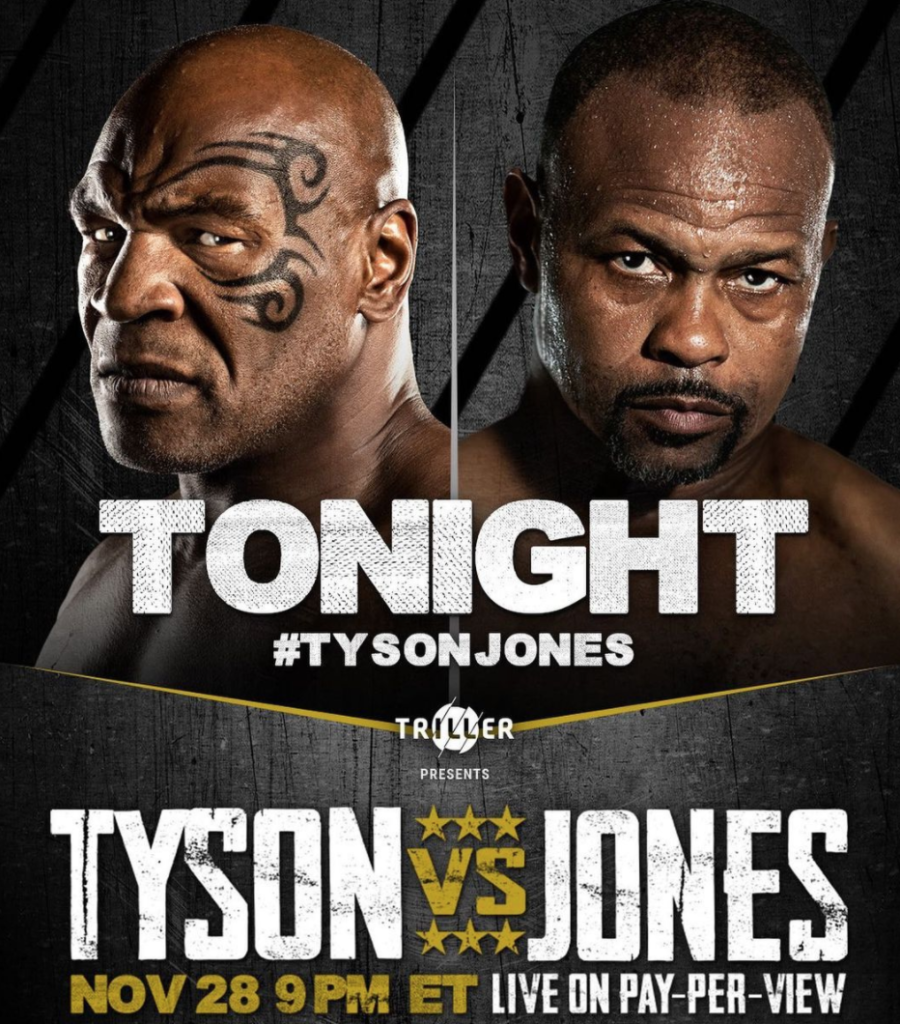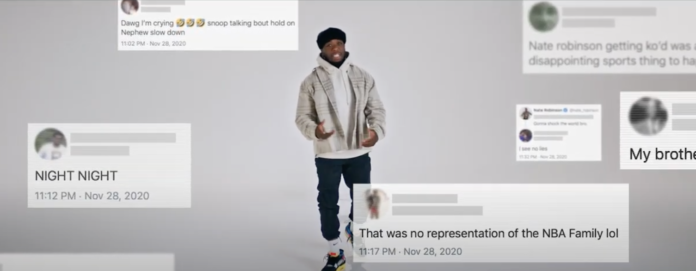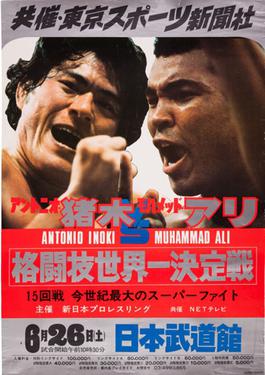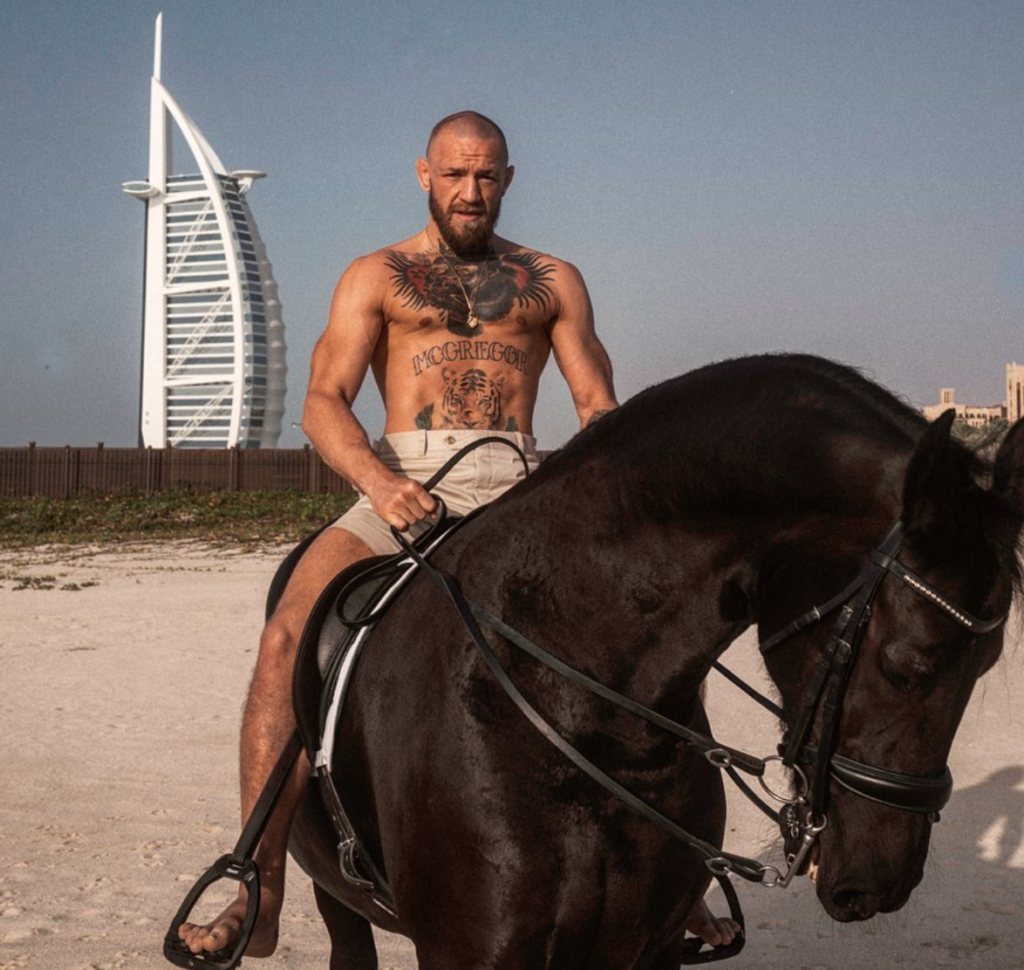ATC is happy to host a knowledgable take on big-money celebrity fights written by Robert, founder of Way of Martial Arts. This post is not sponsored.
–Zander
We are in the middle of the largest explosion in popularity of combat sports ever. The main reason why that is the case is celebrity fights racking up mind-blowing pay-per-view numbers.
Yes, many people really enjoy the sport and professional fighters doing their thing. But the explosion we’re talking about is all thanks to YouTube stars, former NBA players, and other celebrities creating feuds online and then settling them in a ring, with cameras streaming live to curious masses.
While one could argue that it’s useful to present combat sports to the broad public in a more approachable manner, it’s hard not to see the opposing viewpoint. People who know nothing about combat sports might get the wrong picture about what it takes to get into a ring, which diminishes the effort and sacrifice real fighters endure.
I was curious to know how big of an impact celebrity fights are having on our general view of combat sports. Let’s get a bit more into the numbers and weigh the positives and negatives of celebrity fights.
A brief history of celebrity fighting
Celebrity fights have been around for a long time. In 1976, heavyweight boxing champion Muhammad Ali fought Antonio Inoki, a Japanese WWE star, in an MMA match, making it the first celebrity crossover fight in history.
However, we’re going to skip ahead to the last few years when these fights became common in the mainstream.
The celebrity fight that opened the floodgate was the 2018 boxing match between YouTube stars KSI and Logan Paul. The bout streamed on YouTube PPV and racked up a staggering 1 million PPV buys and over $80 million.
That’s unthinkable for 90 percent of professional fighters. Even some UFC champions aren’t guaranteed to make over a million dollars a fight, and now, celebrity fights are racking up even better numbers than that.
For instance, only a couple of months ago, over-50-year-olds Mike Tyson and Roy Jones returned to the ring in an exhibition match streamed by Triller and hosted by The Fight Club, a new celebrity fighting promotion.

While the main event certainly played a massive role in the 1.6 million PPV sales, the co-main bout between YouTube star Jake Paul and former NBA player Nate Robinson went viral in a hurry. The YouTuber knocked out the basketball star in the second round with a mean overhand, and the footage stunned viewers across the globe.
One might ask just how and why are these fights so popular? Professional fighters work extremely hard their entire lives to get as good as possible in combat sports, yet they don’t come nearly as close to making that kind of money from fighting.
The main reason behind the massive popularity of these events is their appeal to a much wider audience than professional combat sports. MMA, boxing, and other martial arts mostly attract people with serious interest in martial arts. But if you throw some big celebrity names into the mix, it will attract martial arts lovers who want to see a fight and people that watch solely for the sensation.
Is that a good or a bad thing? Opinions vary, so let’s take a look at the facts.
Positives of celebrity fights
No matter your opinion on organized celebrity fighting, its impact on the combat sports industry has positive elements. For instance, there is a significant rising trend in the number of martial arts practitioners over the last several years. Moreover, the overall revenue of the martial art and combat sports industry is rising steadily each year.
Celebrity fights and social media development are huge factors in that rise. Professional fighters are not only athletes anymore. They make even more money as influencers, promoting ways of life on social media and reaching far more people than just martial arts enthusiasts.
People enjoy being a part of the community that comes with embracing the lifestyle fighter-celebrities endorse: healthy living, working out, learning how to defend yourself, and developing confidence among other things.
So, even if KSI and Paul, or Robinson and Paul, aren’t real martial artists, their involvement in combat sports is appealing to people that quite possibly never had an interest in martial arts before. As The Fight Club founder Ryan Kavanaugh said, “the guys that watch boxing will watch boxing, and the guys that watch spectacle will watch the spectacle.” Combat sports are entertainment as much as they are martial arts, a view which ultimately leads to greater interest in martial arts.
Adding to the entertainment point, just take a look at what Conor McGregor did for MMA, the UFC, and the martial arts community in general. Love him or hate him, his out-of-the-octagon shenanigans and showmanship made him the overwhelmingly highest-paid MMA fighter in history and a huge attraction to mixed martial arts.
Of course, he was a great fighter in his prime, but what made McGregor so famous was his ability to sell his fights. That’s why UFC events headlined by McGregor were four out of the top five events on UFC’s all-time highest PPV sales and six out of the 10 best-selling events.
The second highest martial arts PPV event of all-time also belongs to McGregor. His crossover fight with the boxing legend Floyd Mayweather hit 4.3 million buys, falling short only to “The Fight of the Century” (Mayweather vs. Pacquiao/4.6m PPV buys).
McGregor has almost 40 million Instagram followers. Only Khabib Nurmagomedov comes close to that with 27 million, proving that McGregor’s showmanship paid off.
The successes of McGregor and The Fight Club promotions prove that people are interested in the entertainment of fighting as much as they are in martial arts themselves. If celebrity fights are getting more people to watch and/or practice martial arts, it’s hard to argue against them.
Negatives of celebrity fights
There’s another standpoint on celebrity matches and show business entering the world of combat sports. Mainly, it comes from professional martial artists and people in the industry who believe that it’s disrespectful and dangerous to sell amateurs going at each other with no proper training as professional combat sports.
Fighters work for years and years to get to the professional level, and even that doesn’t guarantee them a decent living. On the other hand, guys like Logan Paul or Nate Robinson just walk into a ring and reportedly earn tens of millions of dollars.
Even though celebrity fights have increased the popularity of combat sports, one could argue that the general public might get the wrong picture about what martial arts are and what it takes to be a professional fighter. It takes a lot of dedication, sacrifice, and willingness to put yourself at risk of injury each day.
As for fighters like McGregor that are all about making a show, many other athletes and fighters find their approach terrible for martial arts and the light it casts on the entire combat sports industry.
Considering the work it has taken to make combat sports acceptable in the mainstream (especially more violent ones like MMA), seeing athletes cuss, insult and scream at their opponents instead of showing them respect makes combat sports seem more like bar brawls than professionally conducted competitions.
Are celebrity fights good or bad for combat sports?
I believe that celebrity fights do more harm than good for the public image of combat sports. You see guys with no proper martial arts training act like professional fighters, calling out UFC champions and top-tier boxers they couldn’t endure one round with. People who only watch celebrity fights believe that these people are legitimate fighters.
It’s dangerous to have amateurs do these kinds of fights. Their bodies just aren’t used to taking severe blows that real fighters do. To be able to withstand such force takes years and years of practice and conditioning. Nobody should take the dangers of martial arts lightly.
Just look at what happened to Nate Robinson against Jake Paul. He got clipped in the ear, then in the forehead, and then suffered a brutal overhand to the head that sent him tumbling face-first to the canvas. He was lucky he didn’t endure any major injury or brain trauma.
Even esteemed combat sports organizations are starting to make their product more of a show and less of a sport. The UFC paid pro wrestler CM Punk, a WWE star with no formal martial arts experience, half a million per fight and allowed him to perform two times before realizing he could get killed if he continues to fight in the octagon. It took Punk getting brutally beaten twice for UFC to finally realize it wasn’t worth the money.
To conclude, while there is an upside to celebrity fights, I believe they negatively affect our view of combat sports and martial arts in general. It diminishes the quality of visible martial arts competitions and the dedication professional fighters put into being the best athletes possible.


